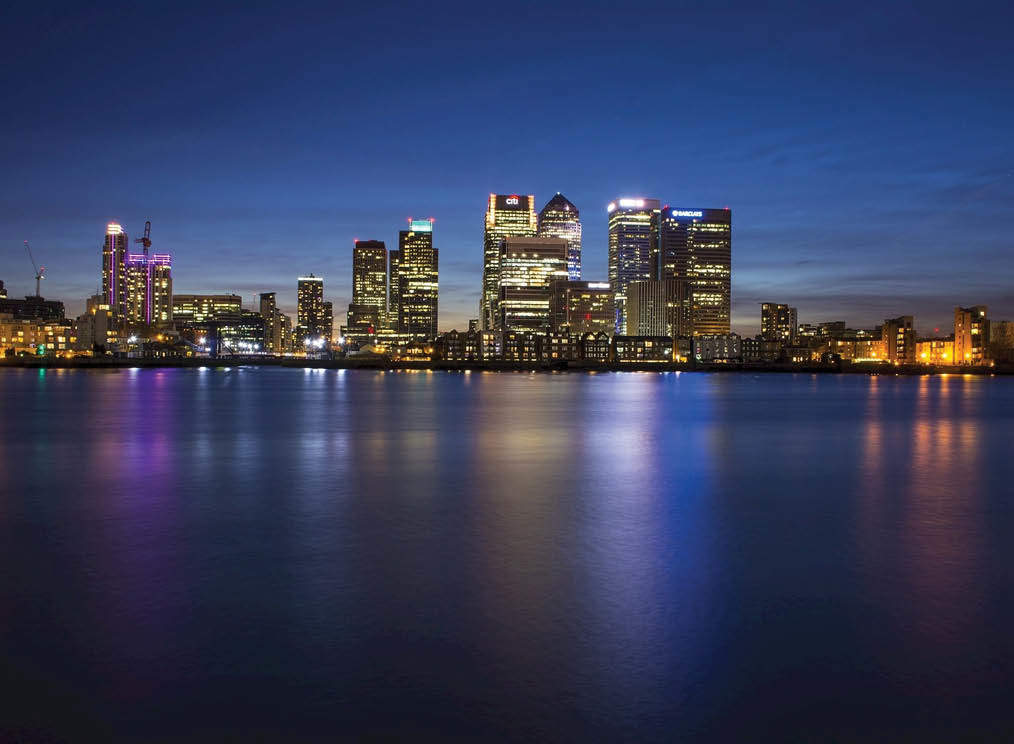House Prices in Canary Wharf
London’s skyline has changed massively in the past 20 years, with more polished concrete than there ever has been before. The house prices in Canary Wharf, right at the heart of the City, have changed exponentially, with the rate of sales changing as much as the prices of houses and apartments. Let’s take a look at how London’s property market has shifted
House Prices
Back in the late 1990s, London was backing out of a recession. The average home stood at around £79,000. In Canary Wharf in 2000, houses and apartment costs averaged at £214,325. The price of housing has taken massive leaps, and we can see on graphs that the property prices on average are already higher than last year. The general trend for property prices in Canary Wharf have grown for ten years in a row, and for those looking for more significant home equity, this is a positive thing. Property prices have fallen by 0.8% since as recently as December 2018.
The rise in house prices to an average of £570,244 in Canary Wharf as of March 2019, with more houses sold than apartments, has seen a considerable dip in the number of houses and apartments being sold.
Sales Numbers
Continuing on from the previous point, houses and apartments in 2000 were sold in the range of 1,859 sold per year. Today, less than 1,000 of both houses and apartments are being sold per year. Prices may be going up, but the sales numbers are decreasing. This could be because wages have failed to keep up with the rate of property prices, with the average City worker earning in the region of £22,500 in 1999 compared to the £35,000 earned today. That is a jump of 47% in wages, but it’s still not enough to keep up with the fact that property prices have increased 11 times faster than incomes.
Affordability
The average first-buyer borrowed £55,575 while earning £22,500 in 1996, and today, that figure has changed to an average of £51,000 with borrowing power of £174,000. As the deposit average in Canary Wharf is £96,000, this is a huge increase, which lessens the rate that people can afford property in what is now thought to be a prestigious area.
Rental
When it comes to renting, only 15% of Londoners rented property in 2001. Now, one in three residents in the capital is renting, while also believing that they will never own a home.
Other Changes
Over the years, the new regeneration ‘hot spots’ in London have been fed with transport growth. The Transport for London networks has improved in 20 years, with the Jubilee underground network spreading and improving across the Canary Wharf area. More prominent access to the city has meant greater footfall and more residents, but fewer people are buying homes.
Canary Wharf was once a work in progress, with Canada Square sitting empty during the now-busy evenings and weekends. In the past 20 years, the area has grown and developed, with the large banking giants HSBC and Barclays building head offices in the area. Bars, restaurants, clubs and residences followed, which has made Canary Wharf sought after.
If you’re thinking of selling your property, it’s worth considering a valuation being completed first, to know whether your home is within the average price range of the area.









